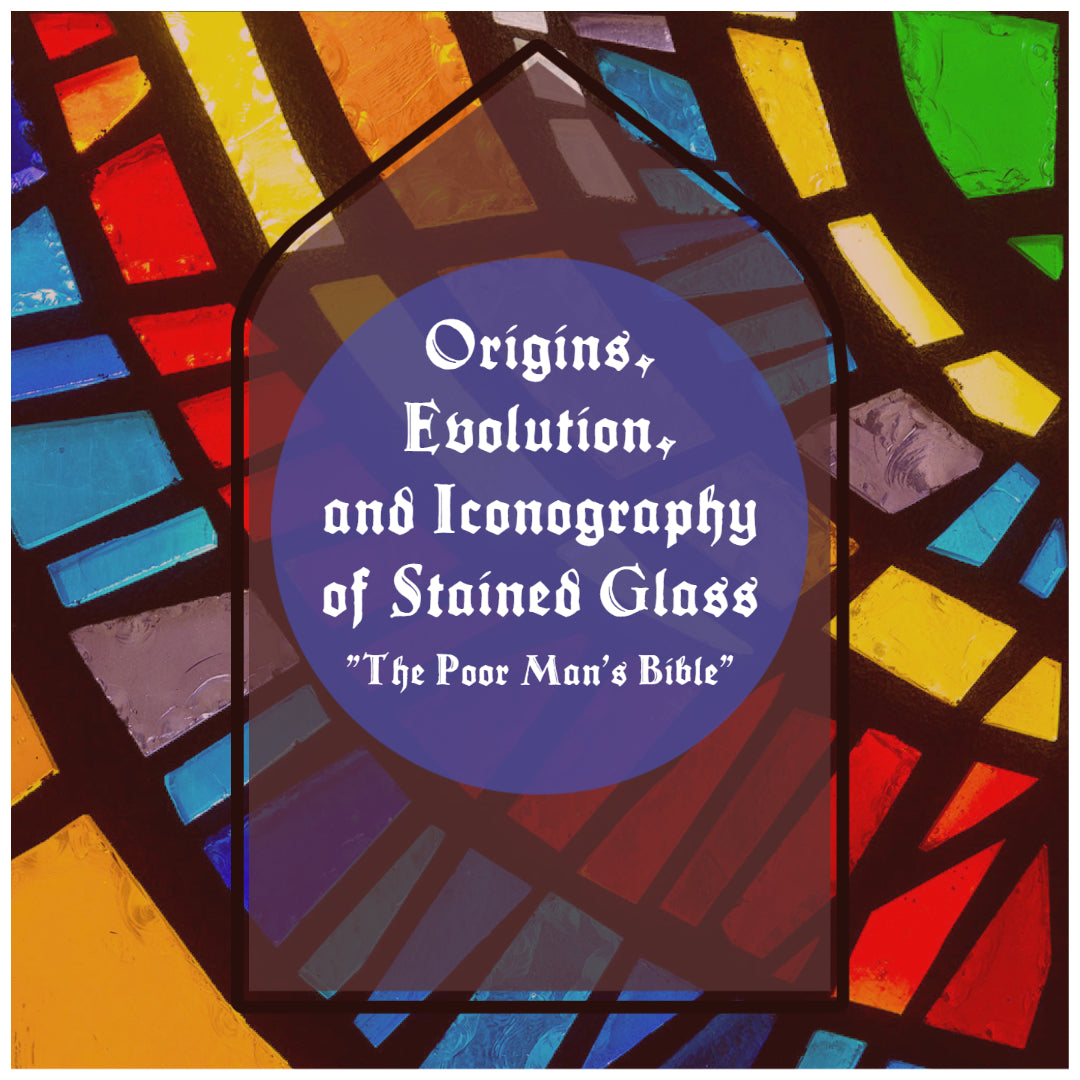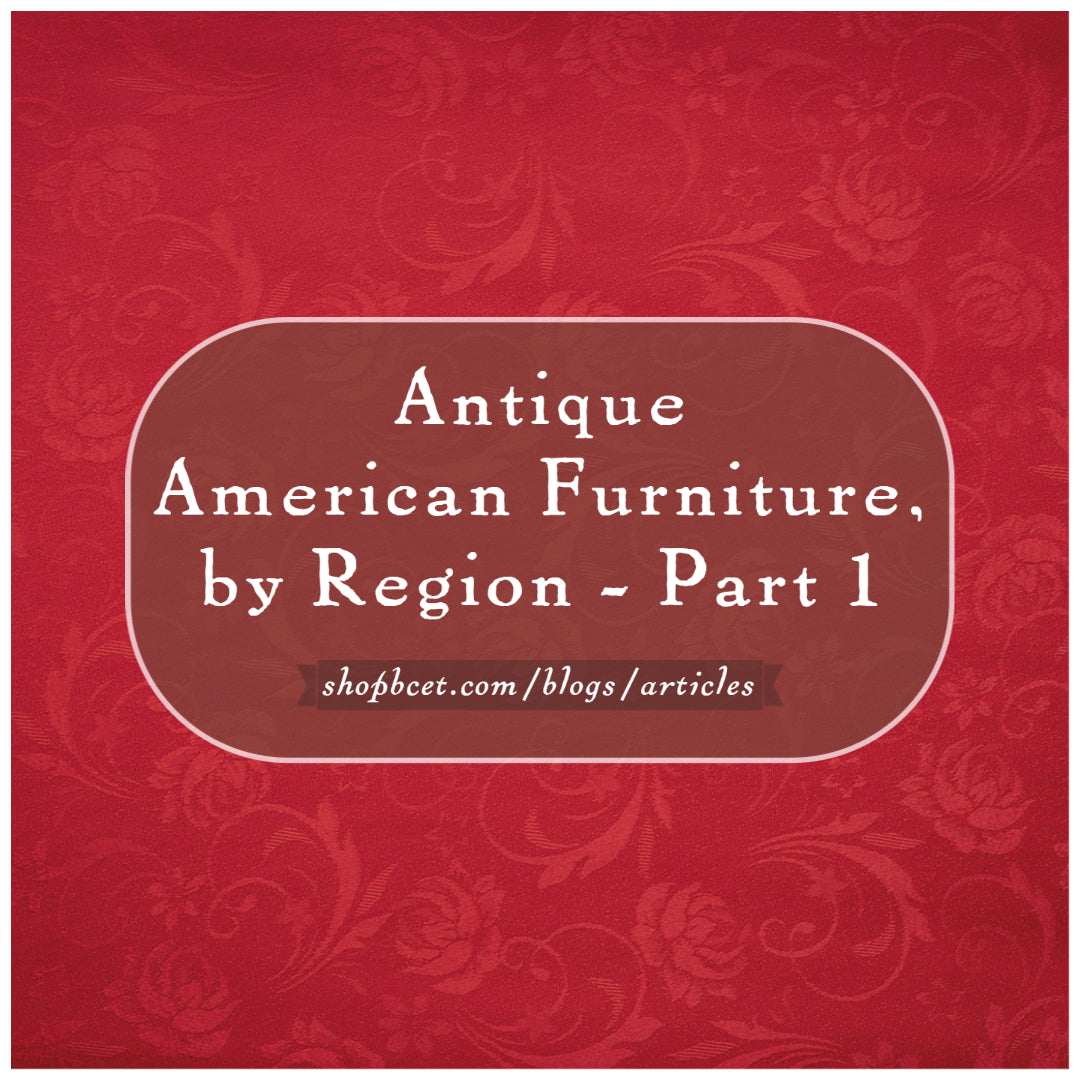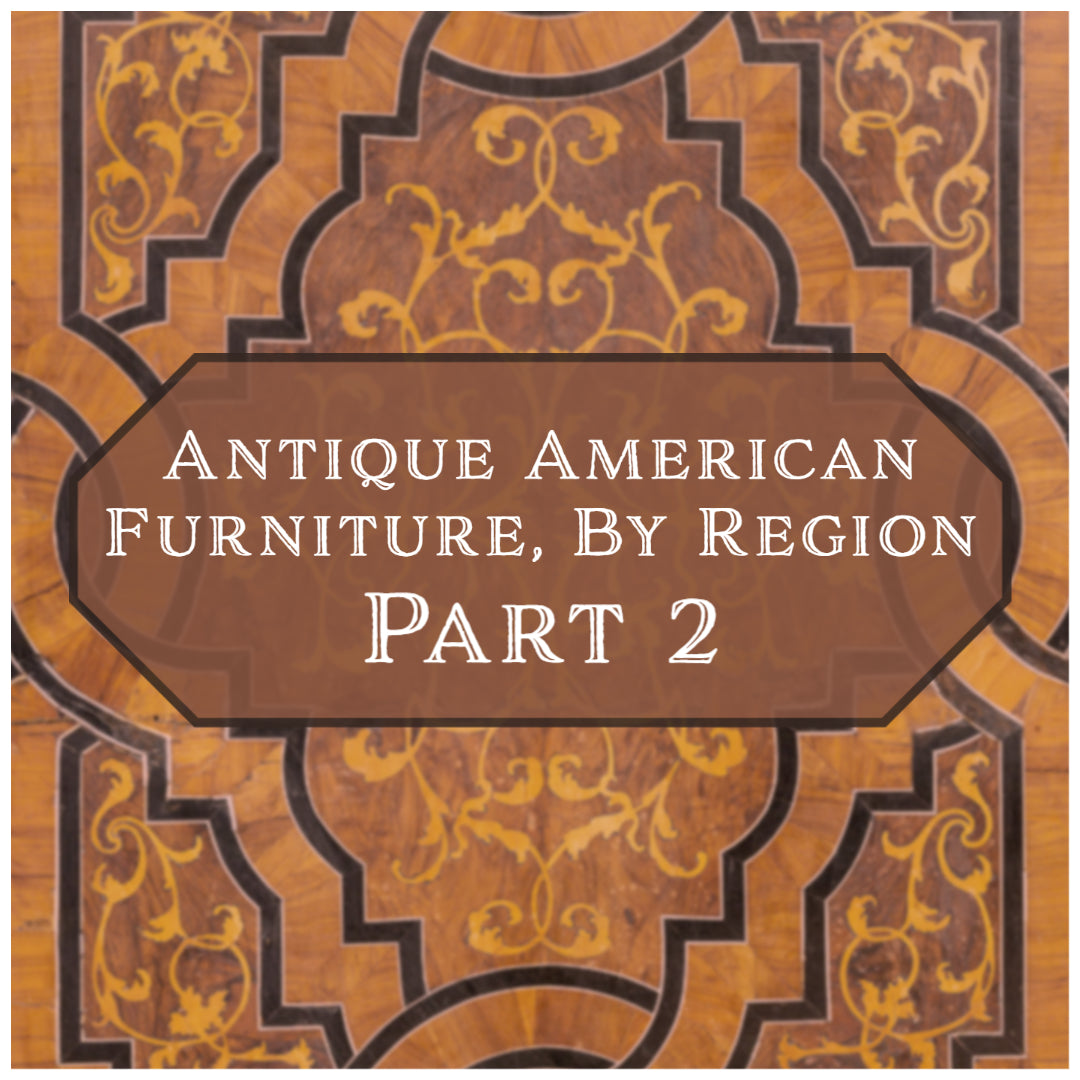
Origins, Evolution, and Iconography of Stained Glass - The Poor Mans Bible

While we typically associate stained glass with religion, it has been an art form since ancient times, with some of the earliest examples of colored glass beads dating from about 3000 B.C.E. found in Egypt. Several other pre-Christian era examples exist in which "additions" have been made to typically Pagan symbols to make them more Christian.
Stained glass came into popularity during the Middle Ages, when churches were known to be the largest patrons of the arts at the time. Because so many were illiterate, churches commissioned artists to illustrate Bible narratives, local history, and often featured important political figures (one can still see the portrait of King Louis IX in the Sainte-Chappelle in Paris, France).
Though very ornamental, the complexity and time committed to stained glass requires it to be functional as well. Every color and image used has a purpose and a meaning. Apart from religious figures, common iconography includes doves to symbolize the Holy Spirit, leaves and acorns for growth of faith, sheep to represent Holy Communion, and butterflies for rebirth/everlasting life.
Colors are also very important; blue represents heavenly love and the Virgin Mary, green is symbol for growth or rebirth, yellow is complex and its meaning is dependent on how it's used. It's commonly used in depictions of Judas to signify betrayal but can also symbolize glory and divinity. Not the least in importance, stained glass also had the very practical function of letting light in.
Stained glass also influenced Gothic era architecture. The flying buttresses that were favored at this time allowed more room for large and elaborate scenes.
The use of stained glass in churches declined during the Renaissance, but was more commonly used for secular buildings. It was once again revived in the 19th century, in part by William Morris and Louis Comfort Tiffany, later inspiring a major design element of the Arts & Crafts period that still thrives today.
To view this blog with additional photos, Stained Glass and Gothic pieces we have available click here!
Interested in reading our previous blogs? Click here!




Leave a comment
This site is protected by hCaptcha and the hCaptcha Privacy Policy and Terms of Service apply.